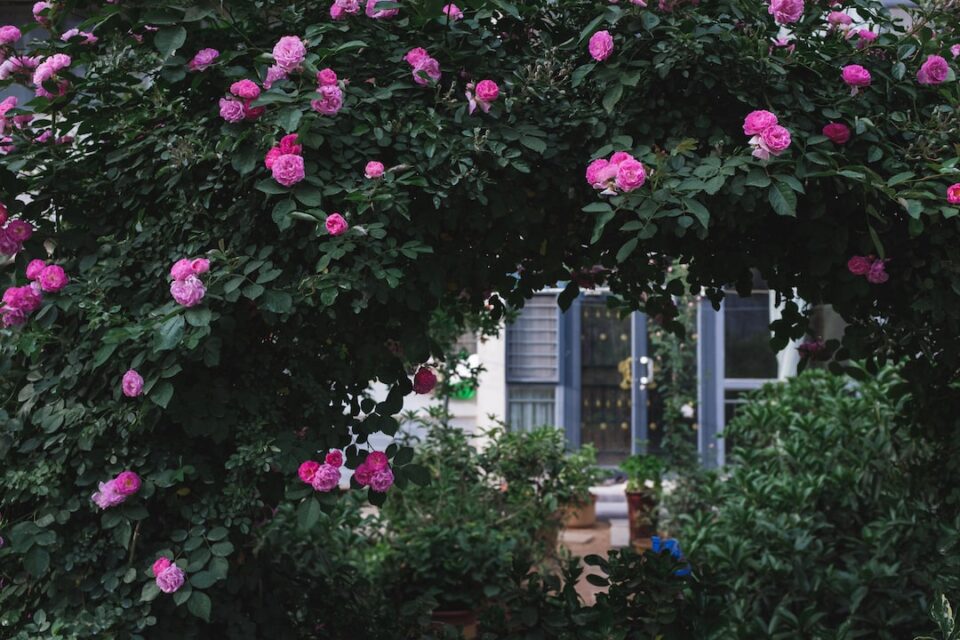When it comes to gardening in small yards, space is always a valuable commodity. However, that doesn’t mean you have to sacrifice your green thumb ambitions. Vertical gardening is a creative and efficient solution to maximize space and transform even the tiniest of outdoor areas into a lush oasis.
But what exactly is vertical gardening? Simply put, it’s a technique that utilizes vertical space to grow plants rather than traditional horizontal beds or plots. Instead of spreading outwards, plants grow upwards on walls, fences, trellises, or specially designed structures.
One of the biggest advantages of vertical gardening is the ability to make use of otherwise unused space. Small yards often lack the room for traditional gardening techniques, but with a vertical setup, you can grow a variety of plants even in the tightest of spaces. From herbs and flowers to vegetables and even fruit, your vertical garden can cater to your personal preferences and needs.
Another benefit of vertical gardening is its aesthetic appeal. By utilizing walls, you can add a splash of greenery to an otherwise barren or dull outdoor space. Vertical gardens have the ability to turn a concrete jungle into a beautiful oasis, providing a refreshing and calming atmosphere. In addition, vertical gardens can act as natural filters, improving air quality and reducing noise pollution.
Maximizing space also means using every nook and cranny available. With vertical gardening, you can take advantage of windowsills, balconies, and even rooftops. By utilizing these often overlooked areas, you can create a vertical oasis that extends beyond the ground level, offering a unique and eye-catching display to your home.
In terms of maintenance, vertical gardens are surprisingly low-maintenance compared to traditional gardens. Due to their compact nature, they require less watering and weeding. Additionally, the elevated plants are less prone to pests and diseases, making them an ideal option for those with limited time or experience in gardening.
When it comes to selecting plants for your vertical garden, it’s important to consider their suitability for vertical growth. Some of the best choices include vining plants, such as tomatoes, cucumbers, and beans, as well as various herbs like thyme and basil. When choosing plants, it’s essential to factor in their sunlight and water requirements to ensure optimal growing conditions.
Creating a vertical garden is also an excellent way to incorporate sustainable practices into your gardening routine. By using recycled materials for your support structures, such as old pallets or shelves, you can reduce waste and repurpose items that would otherwise end up in landfills. Additionally, vertical gardens can help to conserve water, as the structure facilitates efficient watering and prevents runoff.
In conclusion, vertical gardening is an innovative and space-saving technique that offers countless benefits for those with limited outdoor spaces. By taking advantage of walls, fences, and other vertical surfaces, you can create a stunning and practical garden that will enhance your living environment. So, if you’re looking to bring nature closer to your small yard, consider exploring the world of vertical gardening and unlock the full potential of your green space.

